
The best online fitness resource you'll ever need. We filter out the BS to ensure you meet your health and fitness goals!

The best online fitness resource you'll ever need. We filter out the BS to ensure you meet your health and fitness goals!
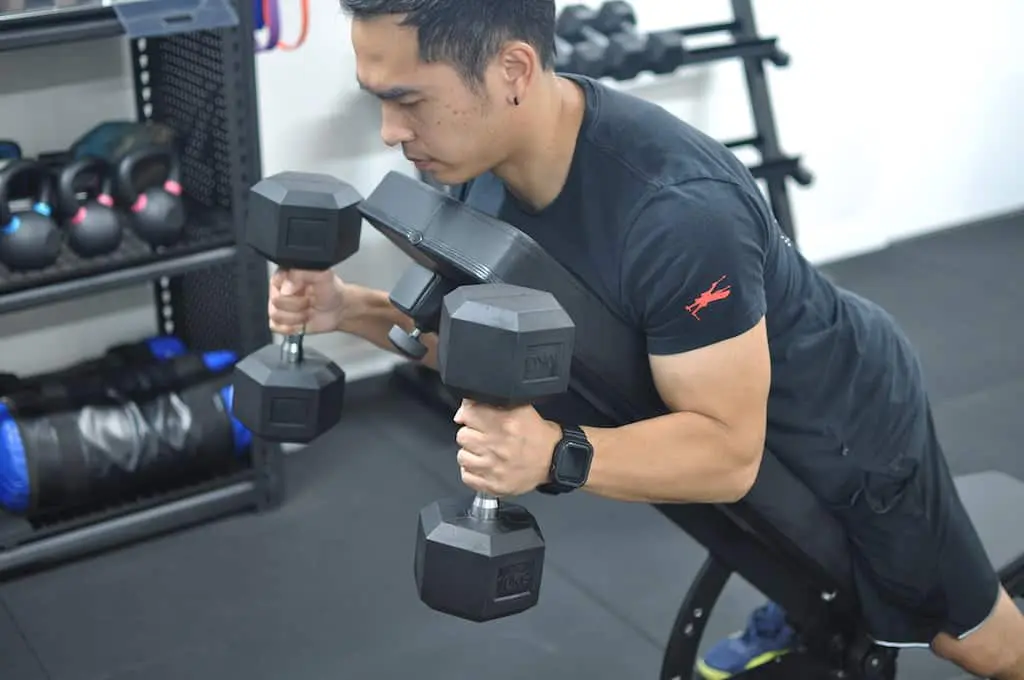
Spider hammer curls are a variation of dumbbell hammer curls where the arms are suspended straight down toward the floor at the beginning of the curl.
A legit spider hammer curl is one that’s performed lying chest down (prone) on an incline bench with the backs of the upper arms not supported by a pad, and the curl is performed using the neutral grip from beginning to end of every rep.
Some have confused the spider hammer curl (and spider curl in general) with a vertical preacher curl (see our article on Preacher Curl Alternatives for more on vertical preacher curls), and with what some call a decline hammer curl.
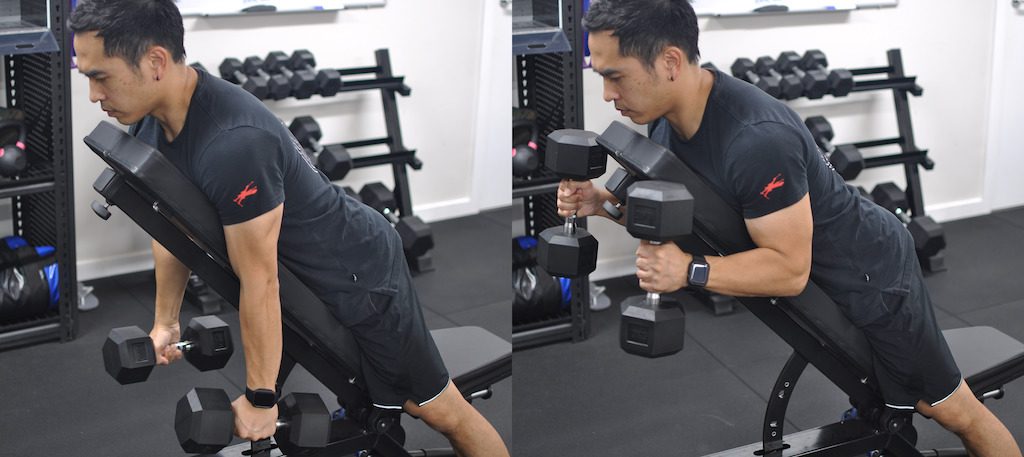
Let’s face it…we’re sorting out the details here. But it’s important to know the differences and associated pros and cons when programming your exercise routine. Hammer curls are hammer curls. They all involve the same muscles.
Certain variations make cheating more difficult—like our spider hammer curl here—some maximize time under tension better than others, and injury risk is more or less depending on how the biceps and their tendons are situated versus direction of resistance and degree of stretch.
Spider hammer curls—like all hammer curl variations—work the brachioradialis, the upper arm muscle that adds thickness and height to the arm above, below, and around the elbow. The brachialis as well as the biceps are still utilised but take a more secondary role.
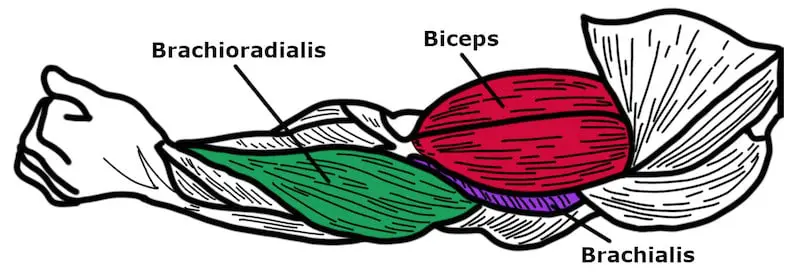
Spider hammer curls are similar in almost every way to the vertical preacher hammer curl. The difference is that the upper arm is unsupported during the spider hammer curl. There is no pad to prevent cheating although the prone lying position complete prevents the lifter from throwing their upper body into the movement to generate momentum to help the target arm muscles do the curl.
So, it’s the grip that defines the hammer curl and the lack of upper arm support that makes it a “spider” variation.
Here’s how to do a spider hammer curl correctly. All you need are dumbbells and an incline bench. Adjustable benches are perfect for this so that you can decide which degree of angle suits you best.
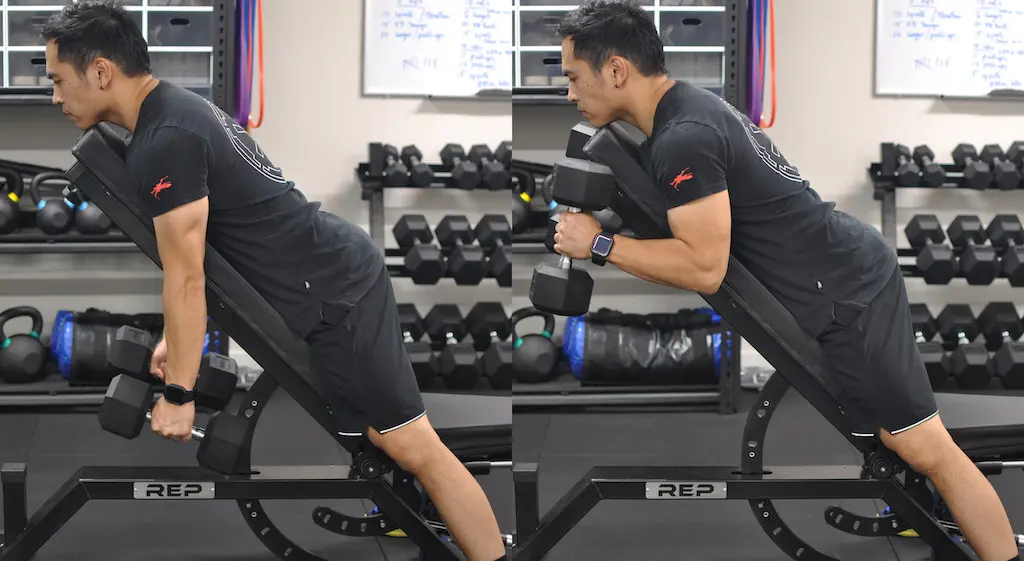
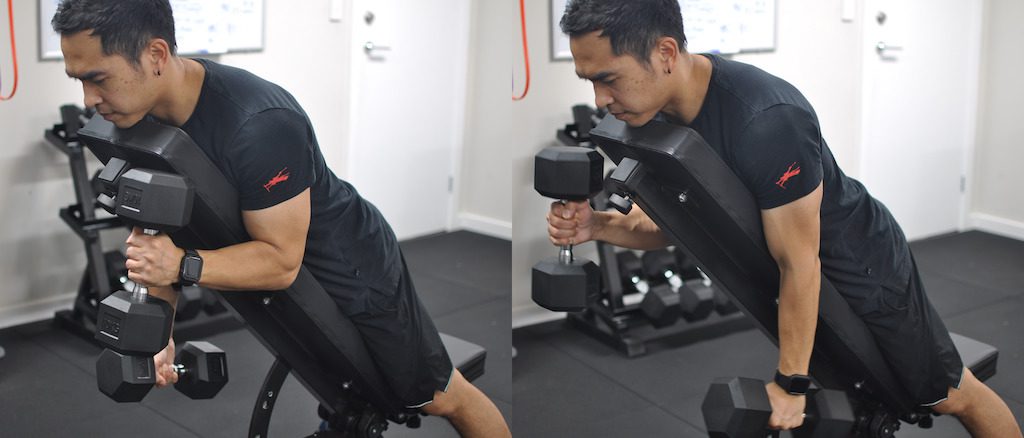
Low and behold, the spider hammer curl:
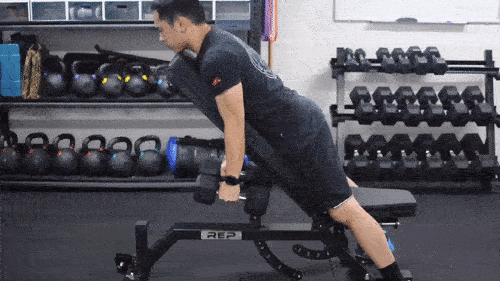
Spider hammer curls are easy to get right. Goofing them up is pretty tough. But it’s possible.
Here are some common mistakes to avoid with Spider hammer curls:
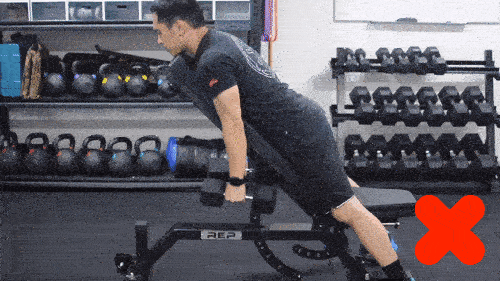
Spider hammer curls’ benefits stem from their ability to isolate the working muscles and prevent other body parts from getting involved when performed correctly. By the arms hanging freely, there’s no backstop to press against. Strict spider hammer curl form requires that the target muscles stay under tension.